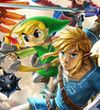GINSHA - Switch Review
"GINSHA certainly packs a punch."
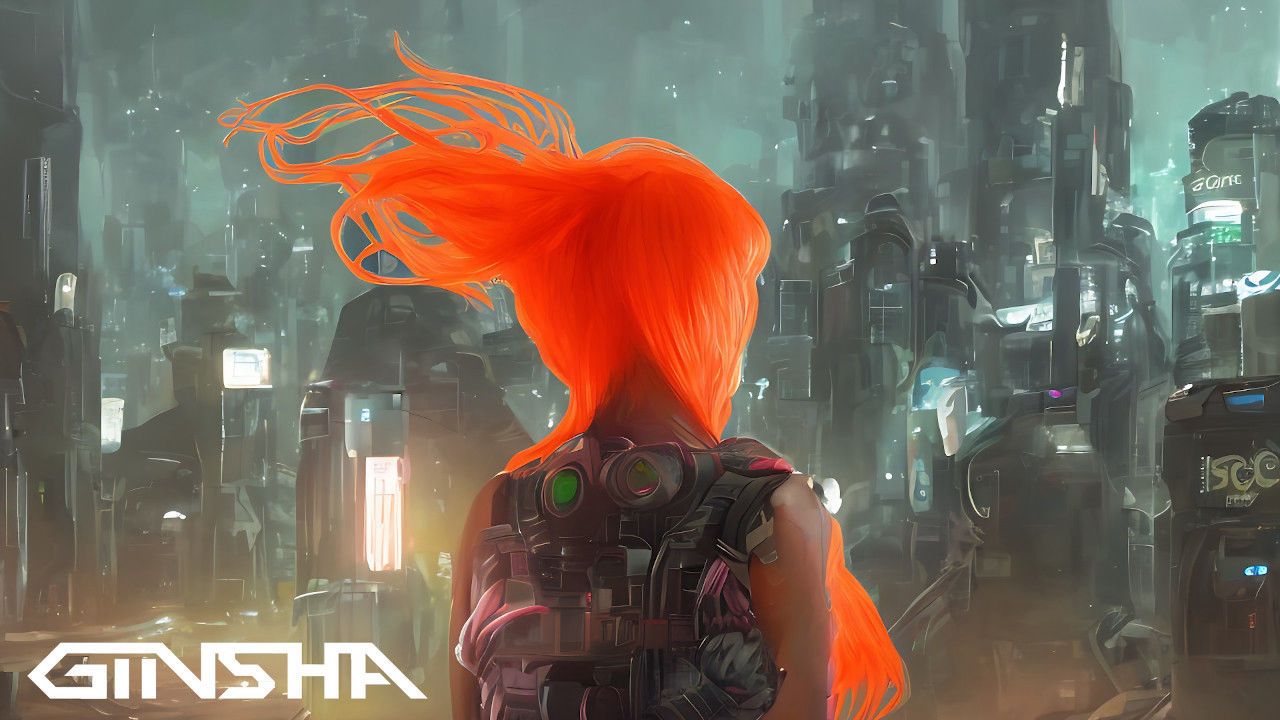
It’s the 24th of August 2023, and we’re all eagerly awaiting the release of what promises to be the metroidvania of the year… No, I’m not talking about Blasphemous II; I’m talking about GINSHA of course! Man I love games with their titles all in capitals. Yes, GINSHA and its publisher, Polarity Flow, have decided to pitch themselves against the penitent one and their army of followers. The aesthetic between the two is completely different; will GINSHA’s gameplay stack up against its illustrious rival?
The Good
The story of GINSHA is pretty thin on the ground, but it’s a fairly common trope of dying planets, aliens, and good vs evil. You effectively control one of two alien blobs, Gin and/or Gon, and the one you control inhabits various beings symbiotically along the way, while the other acts as a kind of floating assistant like Navi in Ocarina of Time. The good vs evil element plays a particularly important role because one thing that certainly makes GINSHA standout over other metroidvanias I’ve played recently is that it includes dialogue options that influence whether you follow the ‘good’ path or the ‘evil’ path. There are options to choose from in almost every interaction, which adds a lot of depth and levity to situations where one would normally just mash the skip button.
On the theme of dialogue options, it has to be said that GINSHA is an incredibly ambitious game overall, especially for such a small development team. As far as I’m aware, GINSHA is mostly solo-developed by Adrian Zingg (presumably not the 19th century Swiss painter), and they are not afraid to have a go at jamming in a whole suite of gameplay features. In addition to the aforementioned dialogue options, there is crafting, RPG elements, a new game+, multiple endings and item scanning. I’ve played indie metroidvanias with one or two of these features, but Adrian Zingg delivered the whole kit and kaboodle in one package. Bravo!
In terms of how it plays as a metroidvania, it’s pretty solid; the combat is pretty fun with 360 degree free aim, and the platforming is fluid with double jumps and air dashing, which are available (in basic form) from the very start of GINSHA. A lot of care has clearly gone into designing the features and tying them into the gameworld, which itself is expansive and interconnected.
TL;DR
- Dialogue options provide story depth
- Ambitious suite of gameplay features
- Smooth metroidvania-style gameplay throughout

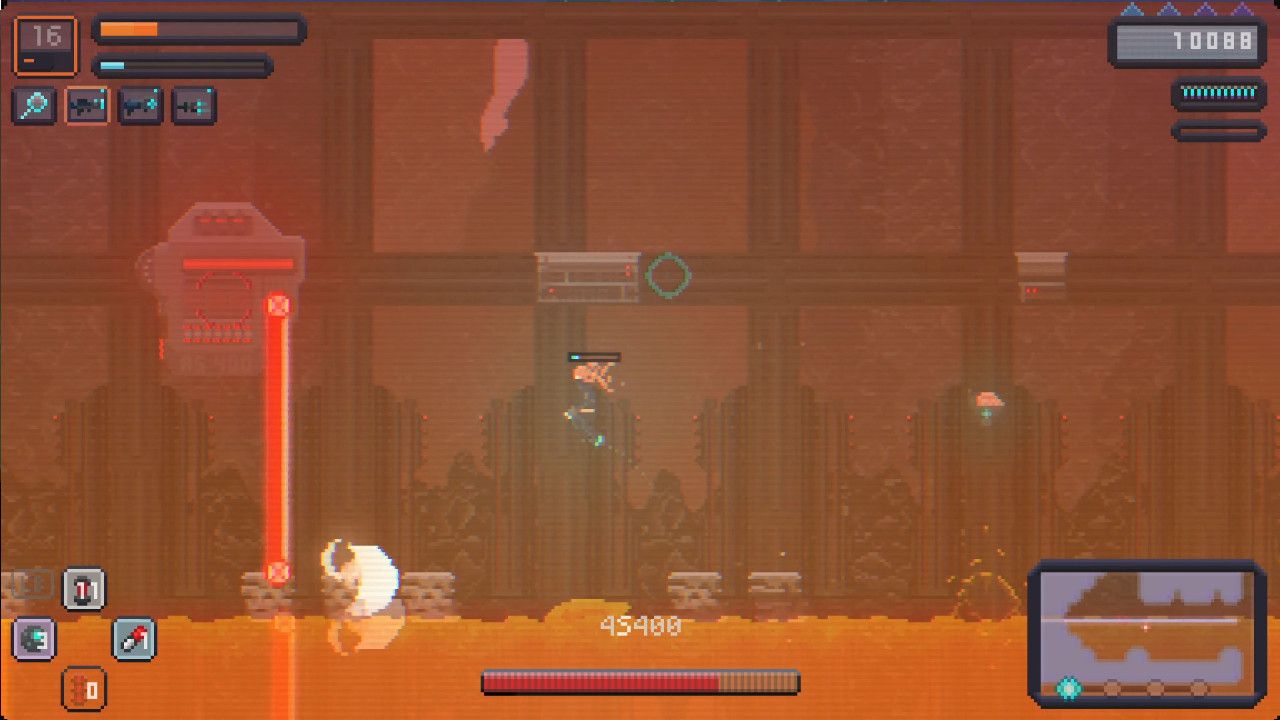
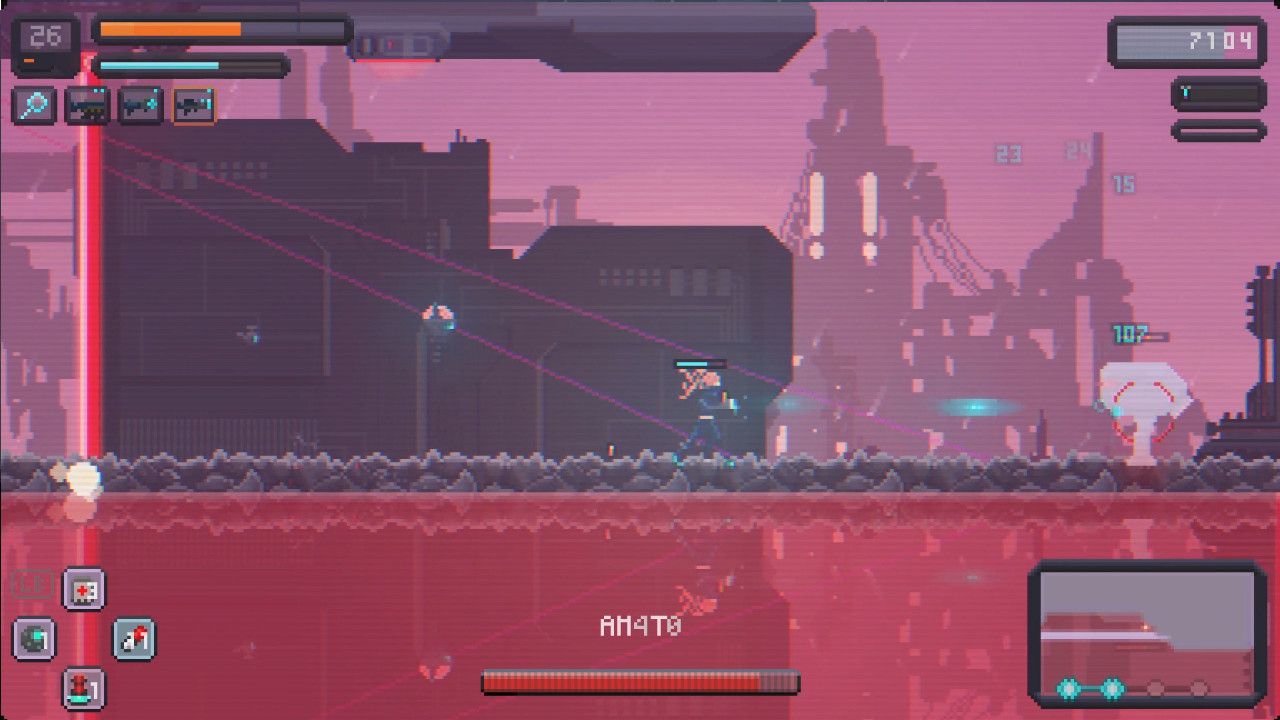
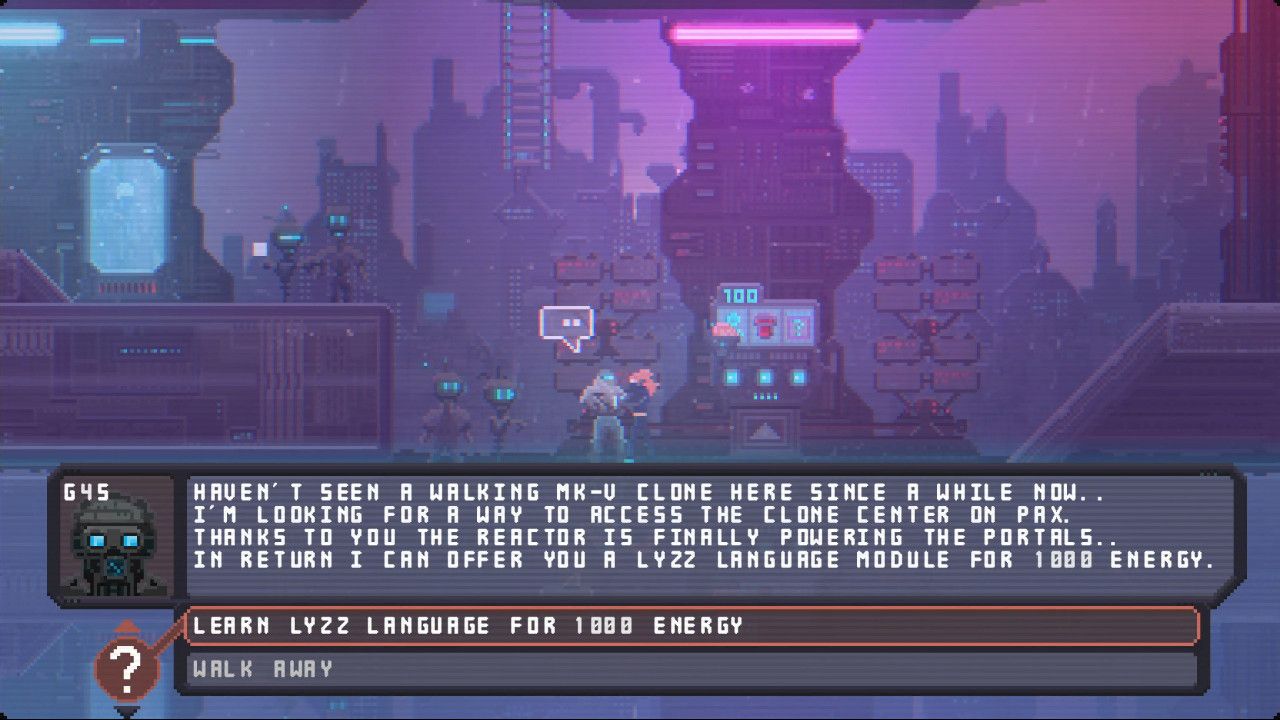
The Bad
OK, so Adrian Zingg has packed a lot into GINSHA, and on the most part, it’s executed pretty well. However, I did find some of it a bit superfluous, especially when coupled with the opaque and confusing in-game menus. There was a similar issue with another recent game I reviewed, Moonscars, where it promised a lot but ultimately the menu system made everything confusing and laborious to implement. GINSHA isn’t quite as bad, but after a number of hours of gameplay, I still felt like that meme of that lady with all of the random numbers and mathematical graphs floating around her head (you know the one). Moonscars managed to fix this issue with patches and I sincerely hope that the same happens for GINSHA.
Throughout the expansive world in GINSHA, there are a number of different ‘stations’ that serve different purposes; health regeneration, saving,checkpoints, and, item storage (a la the chests in Resident Evil). Whereas in most games, you might find these all in the same place (or indeed, one station that does it all), but in GINSHA, they’re all dispersed separately across the game world. It just makes for a confusing and frustrating experience when you’ve got to a checkpoin, but your health hasn’t regenerated, nor are you able to access the item storage. It led to a lot of annoying detours and when there’s so much going on in, GINSHA this was an unnecessary faff that I didn’t need.
Lastly, and this might sound like an odd comment to make in a review about a sci-fi futuristic metroidvania video game, but GINSHA did often feel too ‘gamey’ for me. For example, when you use certain abilities like the shield (which also acts as a kind of umbrella, allowing you to float), you lose stamina. Makes sense, right? However, on certain paths where you had to use the shield/float ability, there would be a number of stamina-recovery orbs to handily help you on your way. It felt quite contrived and not the sort of thing I would expect to see in, say, a Metroid game.
TL;DR
- Opaque in-game menu is confusing
- ‘Stations’ serve to frustrate rather than challenge
- Some elements felt too ‘gamey’ and contrived

Final Score: 7/10
Well, GINSHA certainly packs a punch. There’s a lot to take in but once you get your head round it all, you can only sit back and admire its ambition and character. Of course, it won’t get anywhere near as much attention as Blasphemous II, but with some polish and tidying up, it will stand alone as a game that any metroidvania fans should give a go.
Thank you for checking out our GINSHA Switch review, thank you to [PUBLISHER] for providing the review code and thank you to our Patreon Backers for their ongoing support:
- Andrew Caluzzi (Inca Studios / Camped Out)
- Bel Cubitt
- Jack Caven
- NintenVania Podcast
- RedHero

